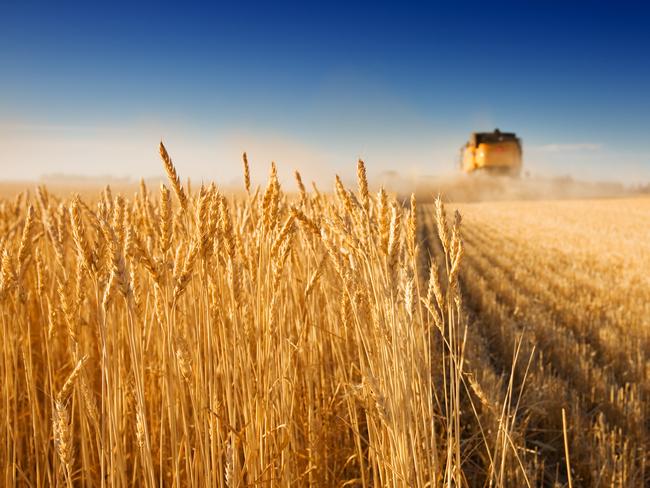Australian agriculture on track to reach record $66.3bn production value
Aussie farmers are tipped to reach a record $66.3bn production value for 2020-21 while exports are also up, the latest forecasts show. But will the good news continue into the coming season?

Australian agriculture is tipped to hit a record-breaking $66.3 billion production value this year.
And the fortunes of agricultural exports are up ever so slightly, with an extra $400 million in earlier-than-expected grain exports helping make the overall value just shy of $47 billion for 2020-21.
The revised forecasts were released today in the ABARES June quarter commodities report, the final update before the end of financial year.
ABARES acting executive director Jared Greenville said the report showed how the ag sector had managed the challenges posed during the Covid-19 pandemic, as well as changes in the global trade environment.
“We have seen an impressive turnaround in wheat, barley and canola shipments,” Dr Greenville said in a statement.
“Particularly for barley, this result demonstrates the resilience of supply chains, the benefits of a diversified production base and access to a diverse range of international markets.”
Agricultural production across Australia is tipped to reach $66.3 billion, up from the $65.9 billion predicted earlier this year.
Exports will continue on a downward trend — making it three years in a row of falling earnings — but the positive start for grain exports following harvest of the second-largest winter crop on record has helped minimise the damage.
Gross production value is forecast to fall in 2021-22 to $65 billion — an improvement on the $63 billion predicted back in March — while exports will keep on their strong rebound to be worth $49.7 billion.
“Prospects are positive for the next winter crop which has seen record high area planted, but it’s very unlikely to see two record years back to back,” Dr Greenville said.
“The value of exports is forecast to grow … driven by higher beef, wool and dairy exports, as well as a sharp recovery in cotton exports.”
Dr Greenville said while herd and flock rebuilding was still underway, more animals would begin to flow into meat processing next year, which would ease pressure on that sector.
He added that the national-scale damage from the ongoing mouse plagues was minimal, though the impact was “devastating” for affected farmers.
“The worst impacts have been to stored grain and hay across parts of Queensland and New South Wales, although high mouse activity has been observed in many parts of the wheat belt,” he said.
“The worst of the mouse plague is likely to be behind us as cool and wet winter conditions slow breeding rates.”
The report also confirmed that labour shortages in horticulture did not lead to the dramatic fruit and vegetable price rises ABARES predicted in March.
“These forecasts did not anticipate the success many horticultural businesses had in implementing adaptations to increase the volume of produce harvested per labourer,” the report read, such working longer hours, less downtime, delaying maintenance work, or diverting staff from other parts of the business.

